
AeroGenie — Votre copilote intelligent.
Tendances
Categories
The Design Rationale Behind McDonnell Douglas’s Three-Engine DC-10
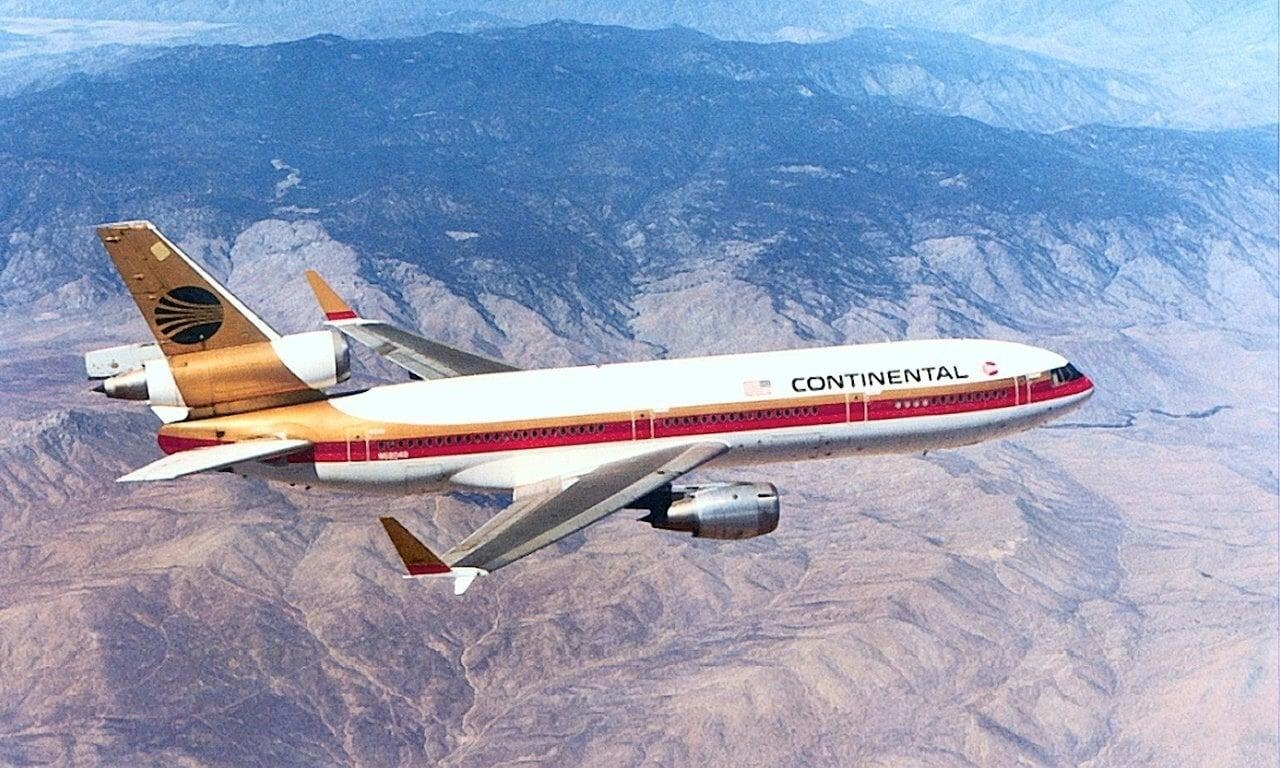
The Design Rationale Behind McDonnell Douglas’s Three-Engine DC-10
Regulatory and Technical Constraints
The decision by McDonnell Douglas to equip the DC-10 with three engines rather than the more straightforward two-engine configuration prevalent today was shaped by a complex set of factors rooted in the technological and regulatory landscape of the late 1960s and 1970s. Central to this choice was the Federal Aviation Administration’s (FAA) “60-minute rule,” which prohibited twin-engine aircraft from flying more than 60 minutes away from a suitable diversion airport. This regulation effectively excluded two-engine widebody jets from operating on long overwater or remote transcontinental routes, thereby limiting their use on many profitable international services.
Although jet engine reliability was steadily improving during this period, it had not yet reached a level that inspired full confidence among airlines or regulators for long-haul flights relying on only two engines. By adopting a three-engine, or trijet, design with the third engine mounted in the tail, McDonnell Douglas ensured the DC-10 could circumvent these regulatory restrictions. This configuration granted airlines immediate access to global routes without awaiting regulatory changes or exemptions. Additionally, the extra engine provided vital thrust for operations at high-altitude airports such as Denver and Mexico City, where thinner air posed significant performance challenges.
Market Demands and Competitive Pressures
In the 1970s, airlines demanded aircraft that combined safety, versatility, and operational flexibility. The DC-10’s trijet design addressed these needs by offering enhanced safety margins and route flexibility, which were critical competitive advantages in a rapidly evolving market. McDonnell Douglas did explore the possibility of a two-engine variant, the “DC-10 Twin,” which promised reduced weight and improved fuel efficiency akin to the emerging Airbus A300. However, the prevailing regulatory constraints that limited twinjets’ operational range rendered this option commercially unfeasible for long-haul flights, leading the company to abandon the concept.
Safety Concerns and Shifting Market Perceptions
Despite its initial advantages, the DC-10’s three-engine layout became a subject of controversy following several high-profile accidents in the 1970s, which raised questions about the aircraft’s safety and affected public confidence. Concurrently, advances in engine reliability and evolving regulatory standards began to alter market perceptions. Competitors responded accordingly; Boeing introduced the two-engine 767, emphasizing the improved reliability and efficiency of twin-engine designs.
The aviation industry’s transition into the 1980s was marked by the introduction of ETOPS (Extended-range Twin-Engine Operations Performance Standards), which permitted twinjets to operate on routes previously restricted to trijets and four-engine aircraft. This regulatory shift, combined with growing confidence in twin-engine safety, prompted airlines to favor more economical two-engine aircraft for long-haul operations. The widespread adoption of twinjets ultimately signaled the decline of the trijet era.
Legacy
The DC-10’s three-engine configuration was a direct response to the unique challenges of its time, balancing regulatory compliance, technical feasibility, and market demands. Although eventually supplanted by more efficient twin-engine aircraft, the rationale behind the DC-10’s design provides valuable insight into a transformative period in aviation history, bridging the era of four-engine jetliners and the modern age of fuel-efficient twinjets.
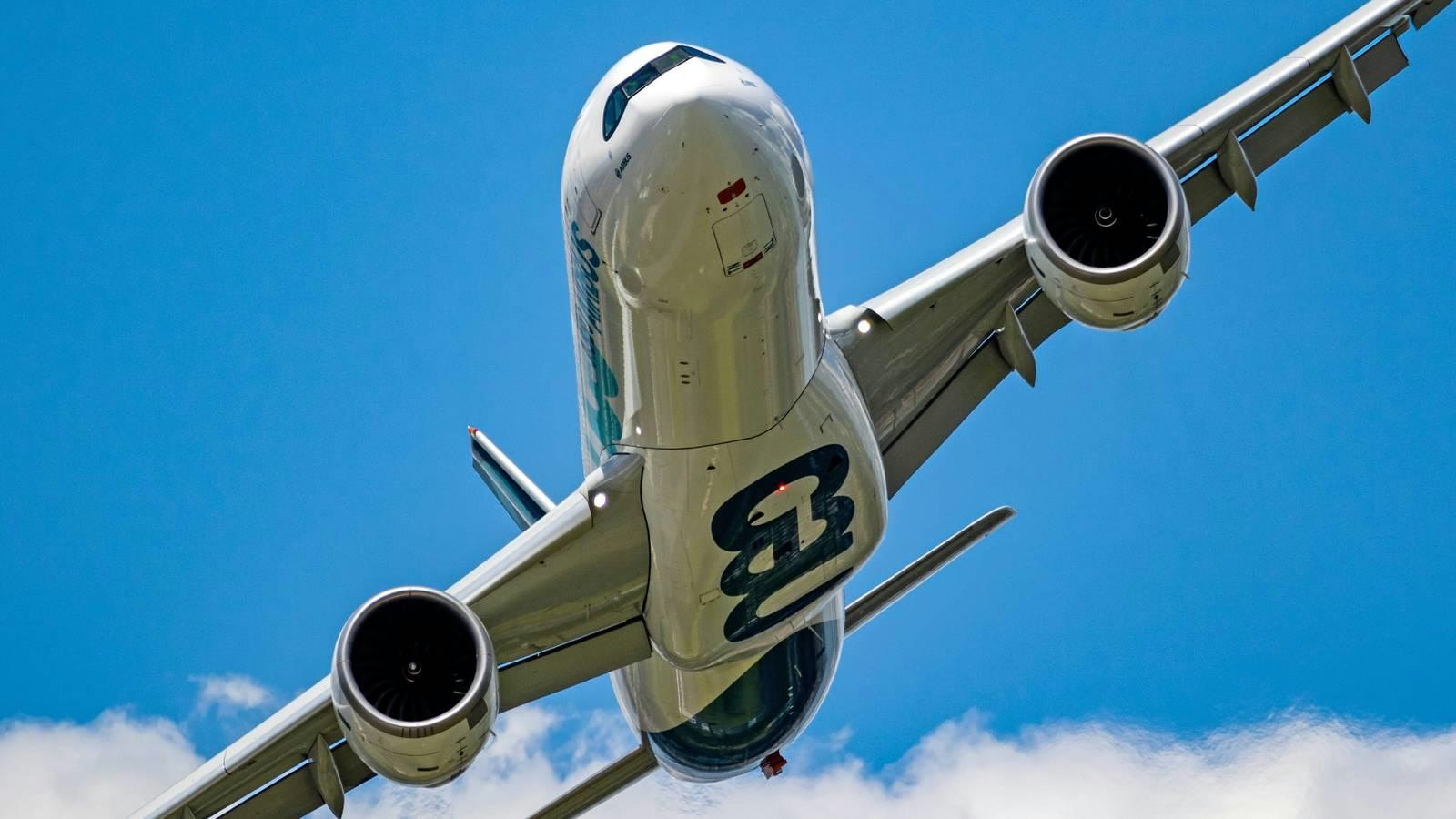
Why Is the Airbus A330neo Limited to a Single Engine Type?
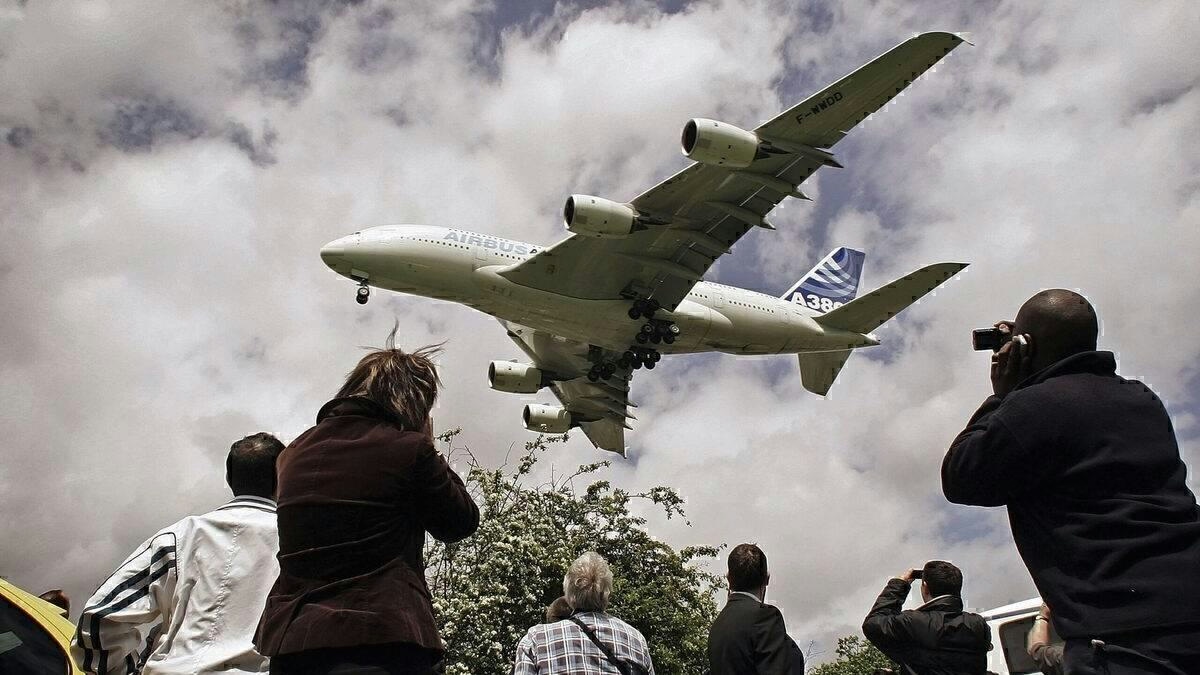
FedEx Cancels Airbus A380 Order

Why AI Hasn’t Transformed Flight Booking
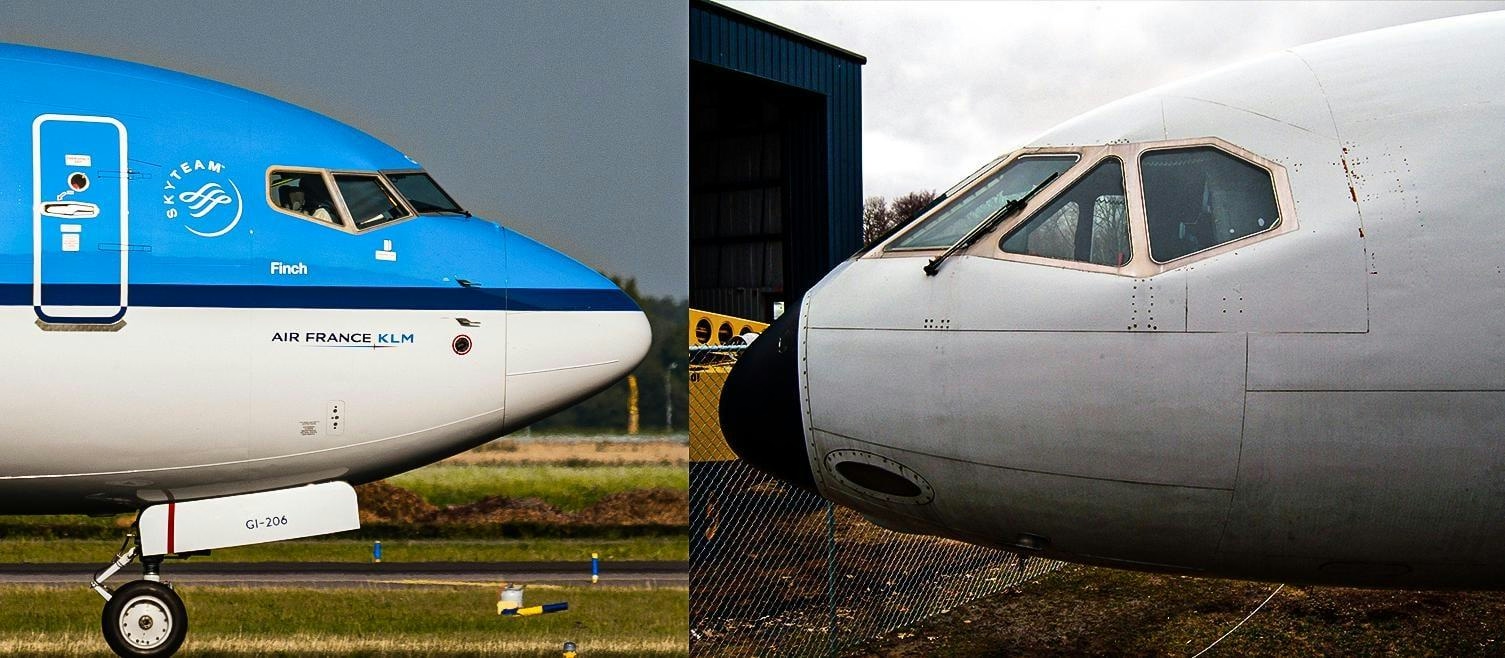
Why Are Boeing Aircraft Noses More Pointed Than Airbus?
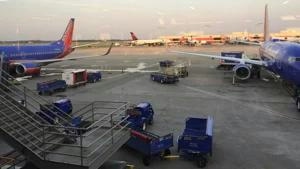
Digitizing the Aviation Supply Chain: Moving Beyond Outdated Practices
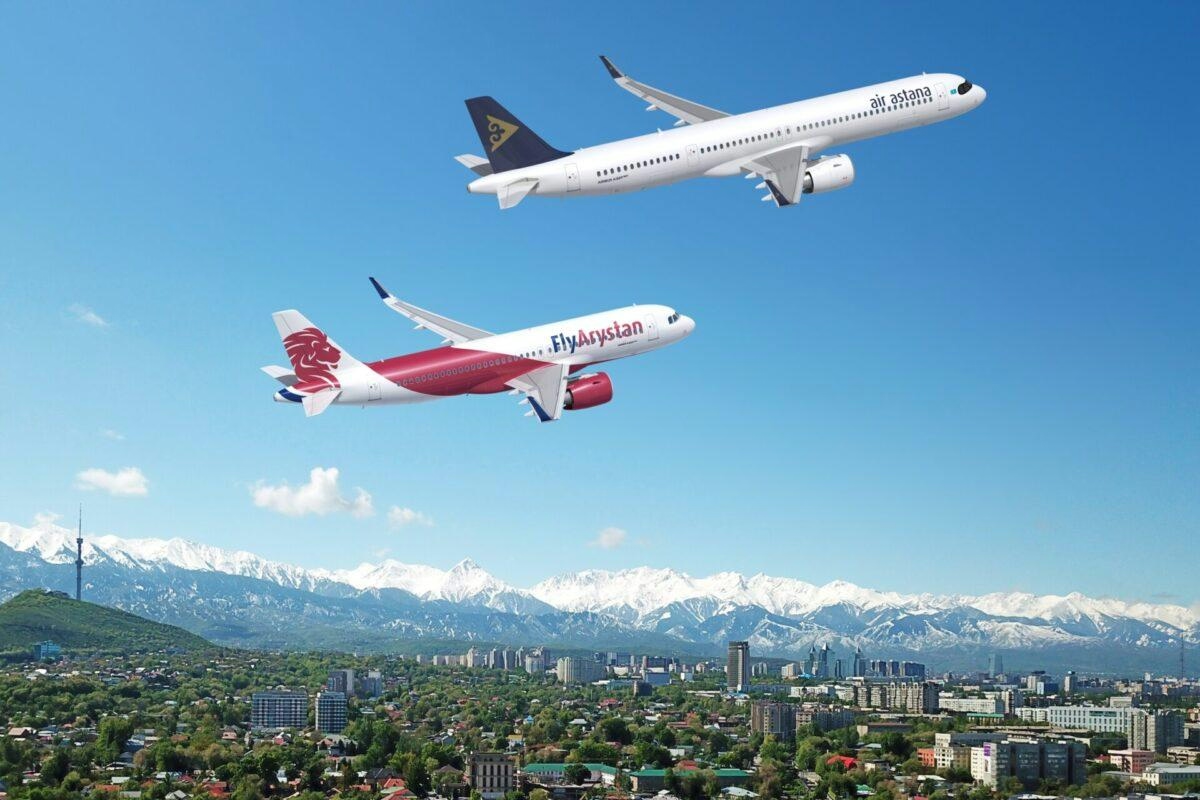
Air Astana Signs Agreement for Up to 50 Airbus A320neo Jets
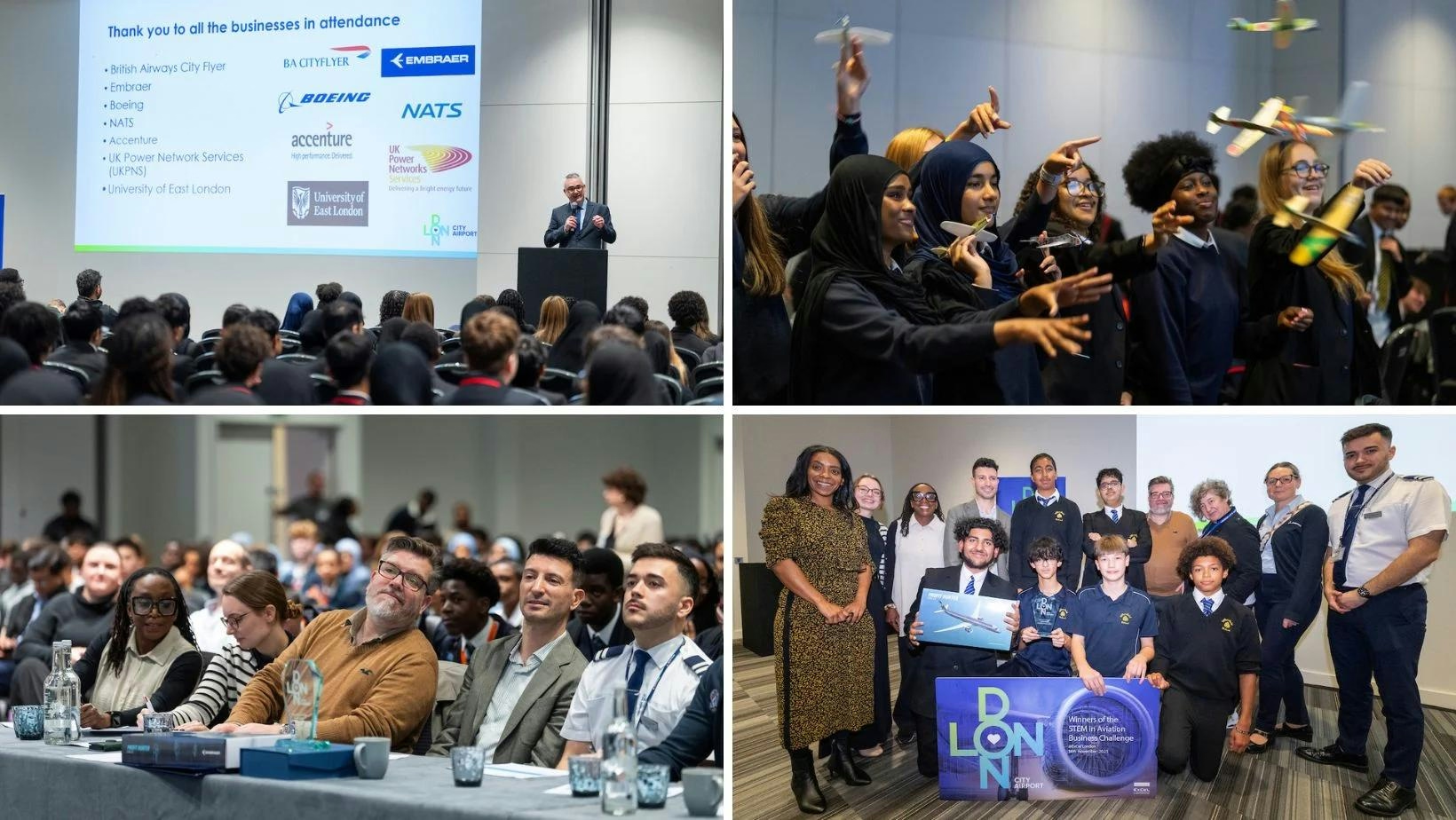
East London students explore aviation innovation at LCY STEM event
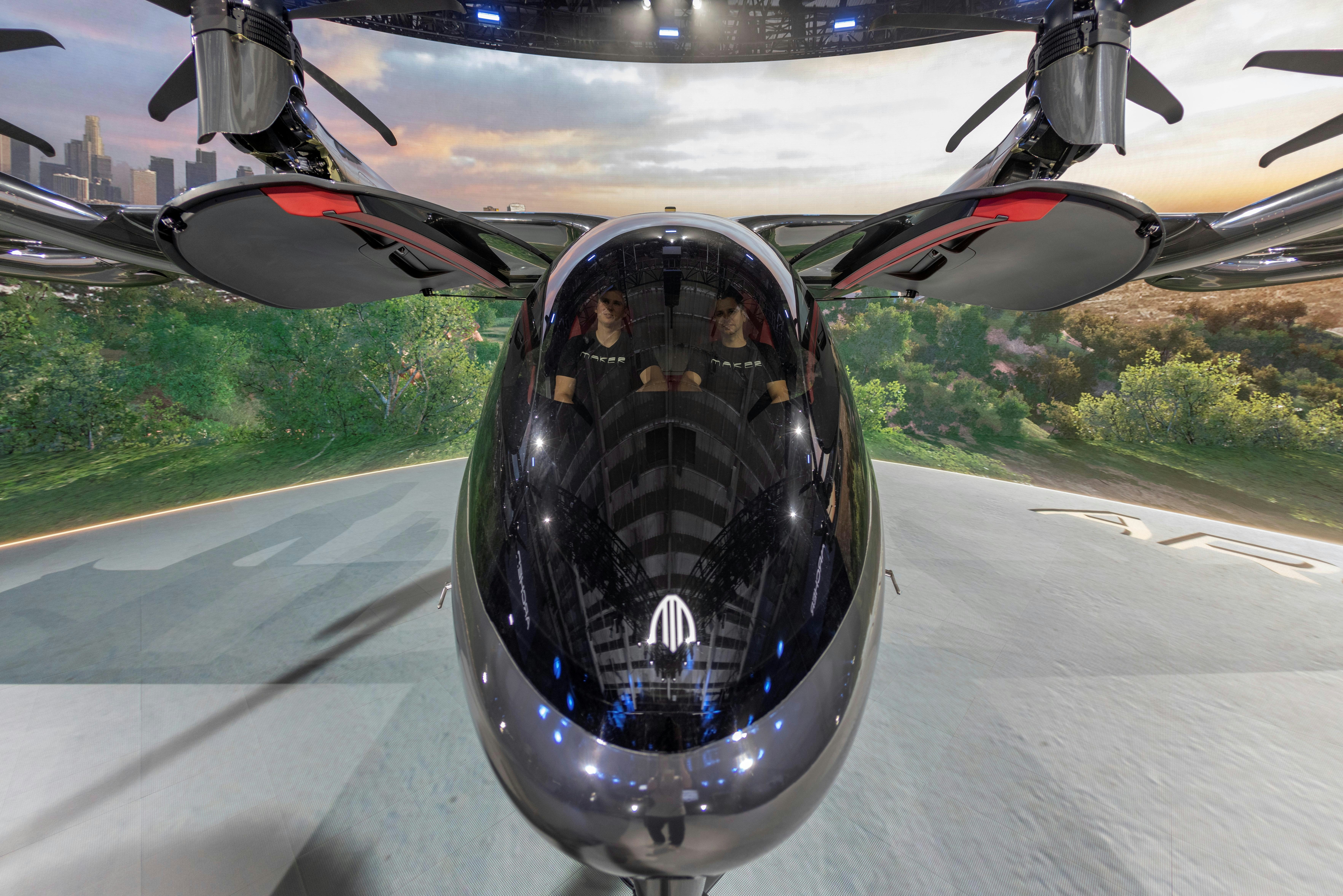
Archer’s Air Taxi Fails to Fly at Dubai Airshow
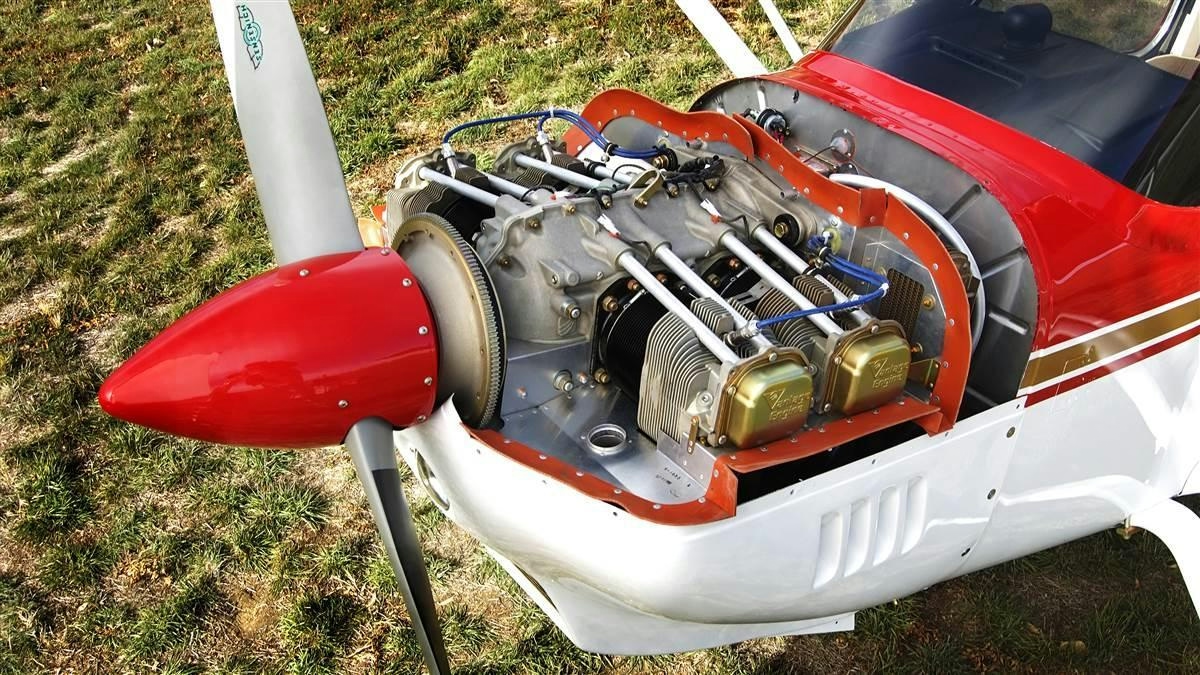
New Course on Airplane Engine Operations Launched
